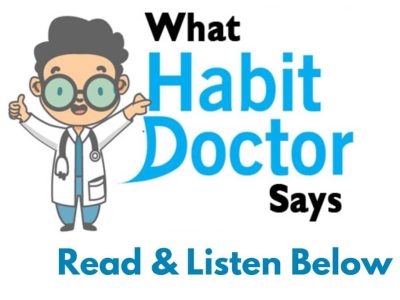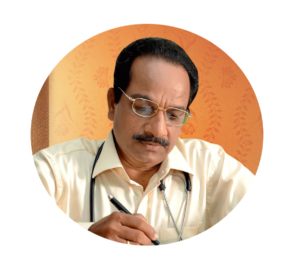Trichotillomania is a condition in which you feel compelled to pull, tug, and play with your hair. It acts as a self-soothing mechanism, especially during times of stress and worry. While it may affect someone at any age, children and adolescents are more likely to be affected.
Trichotillomania Symptoms
The chronic and compulsive behaviour of pulling body hair is one of the primary symptoms of trichotillomania. The following are the most common points:
• the scalp
• the brows
• the lashes etc.
Trichotillomania can affect any part of the body that has hair on it. The disease may also affect other parts of the body, such as the pubic region, head, neck, and legs, but this is uncommon. Trichotillomania can cause permanent hair loss or skin damage in extreme cases. Compulsive episodes are often accompanied by a high degree of emotional stress, but not always. Impulsive behaviour is mostly carried out alone, while watching TV, reading, making phone calls, or driving. Hair pulling can be deliberate and intentional at times, but it is most often unintentional and automatic.
The disorder’s prevalence
In the general population, trichotillomania is estimated to affect 1-2 per cent of the population. With a 10:1 ratio, women are more affected by this condition than men.
What are the causes for this?
The causes are unknown and are attributed to a variety of factors. Even though the disorder’s causes are unknown, some risk factors have been identified:
- genetic foundation
- Anxiety and depression that has persisted for a long time:
- Traumatic accidents that happen quickly:
Trichotillomania’s side effects
Alopecia, or the loss of hair and hair until it is all gone, is one of the consequences. This loss may be temporary or permanent depending on the degree and extent of the condition. Furthermore, it causes the formation of bezoars, hair clusters that can obstruct gastrointestinal function.
The skin is also damaged by trichotillomania, with dermatitis developing in the scalp and target areas where hair is pulled out. Inflammation of the hair follicles affected by compulsive behaviour can also cause pain in the scalp. Furthermore, there is damage to the psychosocial sphere in addition to physical damage. In reality, the compulsive behaviours of trichotillomania often cause the person to be self-conscious about their physical appearance and to limit their social interactions.
What is the best way to maintain control?
Don’t judge yourself for getting this compulsion; it’s an important part of recovery. You are not to blame; the impulse has a psychological basis, and most people engage in impulsive behaviour at some point in their lives. Trichotillomania may be treated with medication, psychotherapy, or a combination of the two. There is no particular treatment for trichotillomania on a psychotherapeutic level; however, it is usually treated in the same way as OCD, with which it shares certain symptoms.
1) Reverse Habit Training
The HRT is focused on the idea that the primary symptoms of trichotillomania are programmed responses to particular circumstances or incidents that the subject is unaware of.
As a result, hair pulling would be a reinforced behaviour. It is, therefore, necessary to identify the stressful situations in which the symptom appears and then promote the appearance of more functional behaviours.
2) A.C.T. (Acceptance and Commitment Therapy)
Acceptance and Commitment Therapy is another type of cognitive behavioural psychotherapy (ACT).
According to the ACT, the majority of suffering is caused by the attempt to control unpleasant mental contents (thoughts, sensations, feelings, and negative emotions).
- Creating a support group and keeping a record
Findings a support group with others who are fighting it, as well as keeping records, appear to be the two most promising interventions right now. These approaches, when combined with an understanding of your thought patterns, increase self-awareness and control over this behaviour.
- Raising awareness of triggers
You can learn more about yourself by improving your awareness of triggers (frustration, worry, and so on), as well as your plucking habit and information gathering. Remember that you don’t have to be an expert at keeping records or identifying triggers. If you’re feeling frustrated, tell yourself things like, “I can choose not to pull at this time.” “I can stop if I start.” Those little moments add up, and so does your mastery of this tricky habit.



Bringing clarity and purpose to my life. Articles are like a breath of fresh air